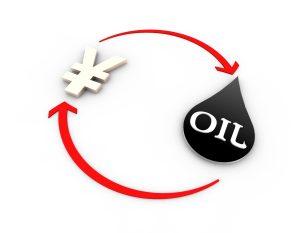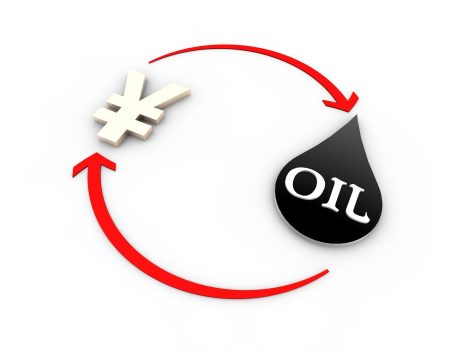A steady diet of daily news can make one believe that the world is falling off a cliff. Geopolitical conflicts are multiplying, and the spectre of recession is omnipresent in Europe and the United States. Yet, equity markets are performing quite well globally, so there may be a disconnect between geopolitical narrative and economic reality.
For one thing, the world economy is clearly growing. We haven’t had an ordinary expansion in some years, so we could be forgiven for not remembering how that looks. Today, major economies are growing at or above their potential rates: China at 5%, the United States at 3%-plus, and Europe is set to accelerate to an annual rate of 1.5% by year-end.
As with most economic expansions, the current one is underpinned by household consumption, which accounts for two-thirds of gross domestic product (GDP) on both sides of the Atlantic. Disinflation has been a tailwind for consumer demand growth, and nominal wage gains have broadly kept pace with inflation. Since the second half of last year, real wages (wages adjusted for inflation) have risen in both the United States and Europe. Real wage growth is the fundamental driver of sustained consumer demand growth.
The ongoing economic expansion is supported by significant capital expenditures (capex), particularly in artificial intelligence (AI) infrastructure, such as data centers and electrical equipment. We’re in the very early stages of an AI revolution, and investment spend on everything related to its buildout is at levels not seen in decades.
China’s rapid rise up the value chain across virtually all industries has caught many Western companies and policymakers by surprise. The United States responded-with the IRA and CHIPS Acts-by demanding nationally produced inputs into key industries, thereby fueling the domestic investment cycle and economic growth.
Tariffs, which are in effect a tax on domestic consumers and a subsidy to domestic producers, are also being used to curtail China’s economic ascent. The current U.S. administration is extending the policy of its predecessor in terms of tariffs. For example, in May, the U.S. government announced a 100% tariff on Chinese electric vehicles (EVs), which have emerged as not only offering reliability and range but a meaningfully lower price tag relative to European and U.S. competition.
The trade shift is most meaningful in exports from emerging markets (EMs) to EMs, as my colleague Hugo Scott-Gall explains in another post. The share of exports from EMs to EMs accounts for about 45% of total exports-much higher than it was a decade ago. More specifically, China’s share of exports to Group of Seven (G7) countries is decreasing, while its exports to non-G7 countries, particularly in the global south, are rising significantly.
Whenever there’s a shift in the geopolitical landscape, as we’ve seen with the Chinese EV tariffs or conflicts in Ukraine and the Red Sea, the narrative tends to focus on the negatives. Yet, every geopolitical change presents opportunities to someone, somewhere, and many of the geopolitical conflicts we’ve seen over the past several years have presented tremendous opportunities to many EMs.
The nexus of industrial and economic activity is shifting away from the Atlantic Ocean toward the Indian Ocean, and that backdrop, as my colleague Yvette Babb explains in another post, also provides immense opportunities in EM debt, frontier markets in particular.
Original Post
Editor’s Note: The summary bullets for this article were chosen by Seeking Alpha editors.
Read the full article here















